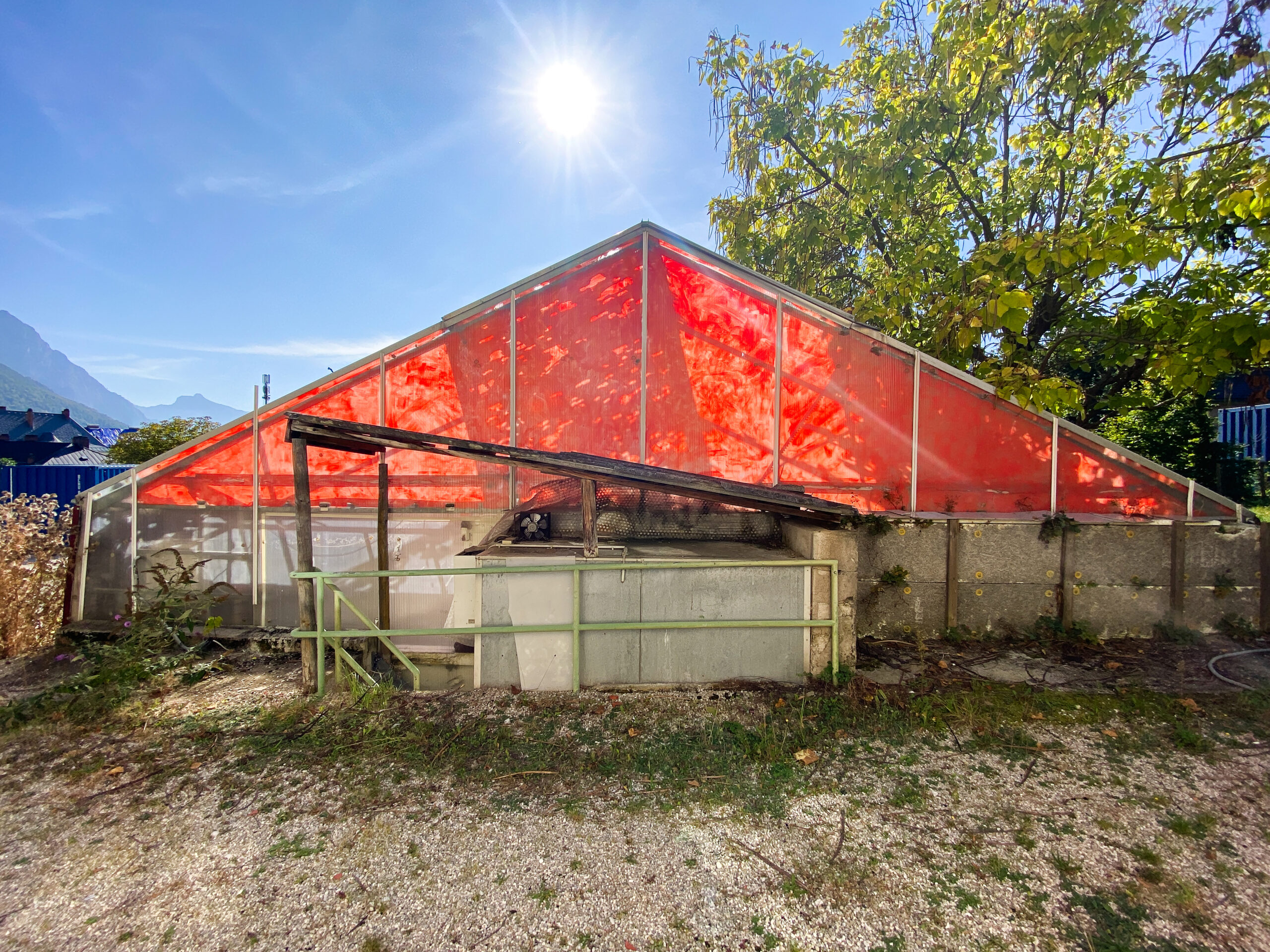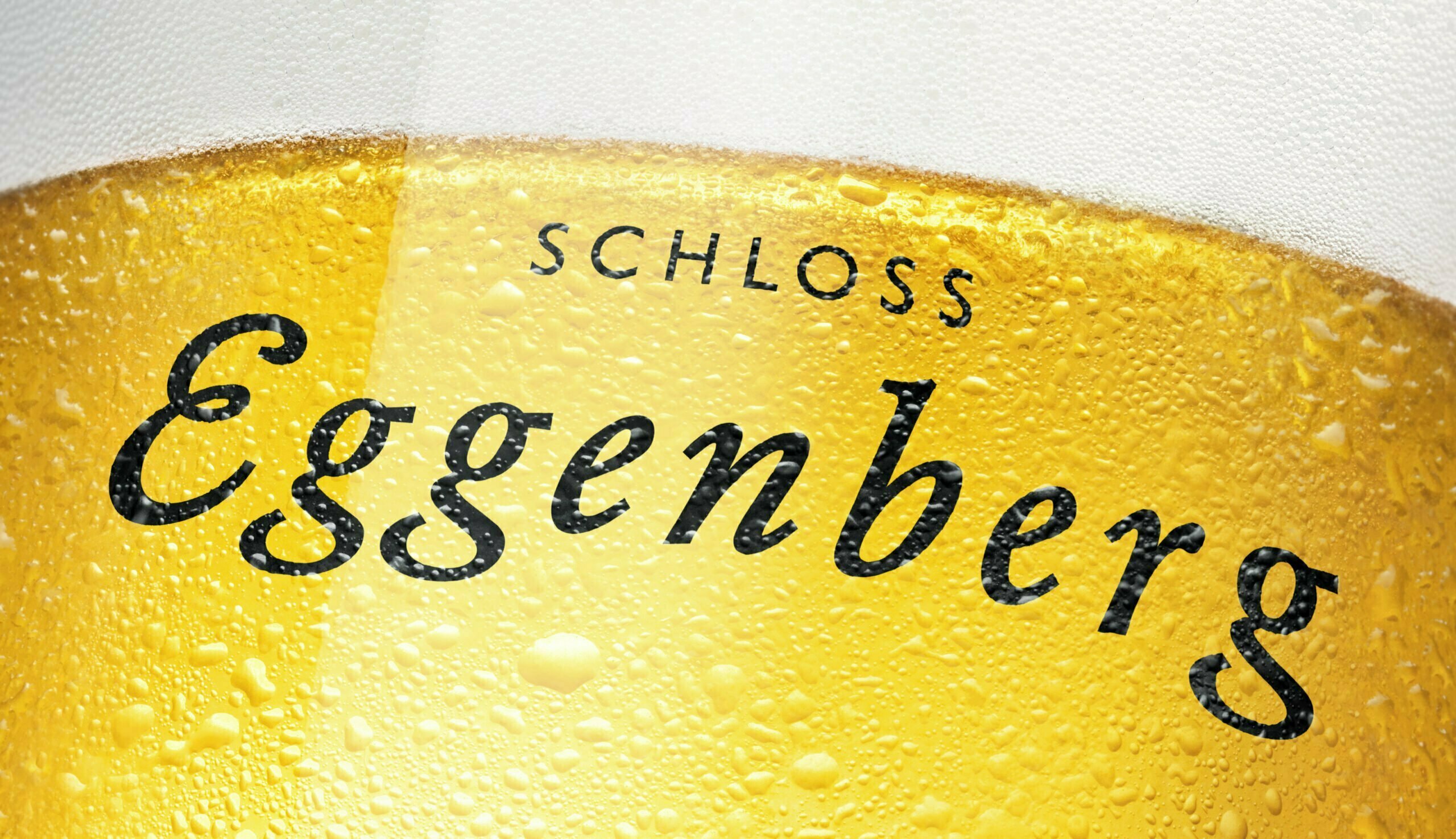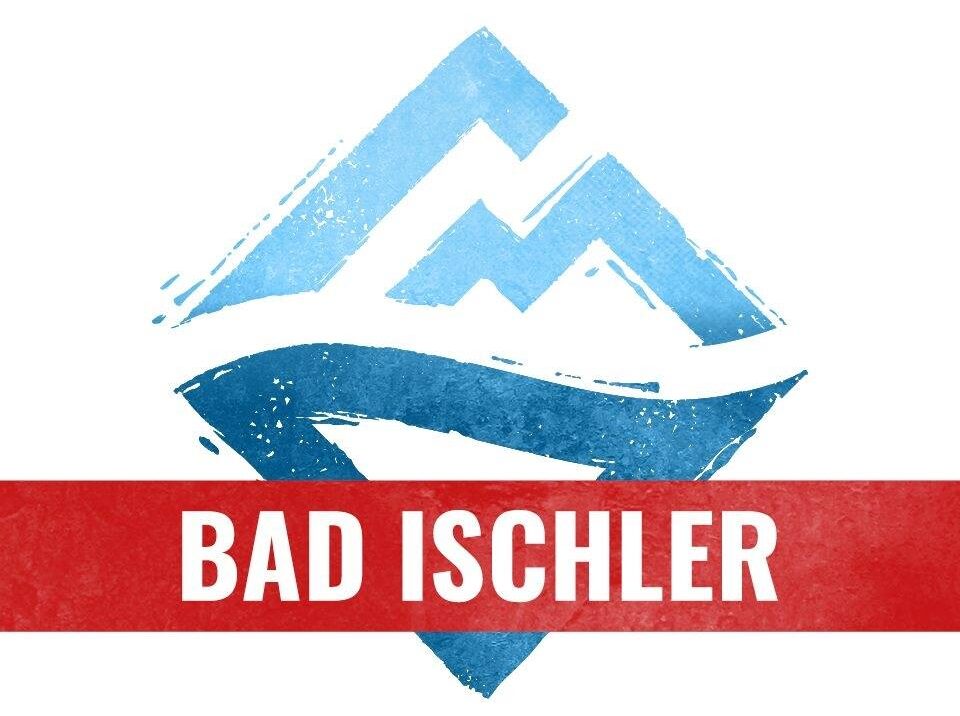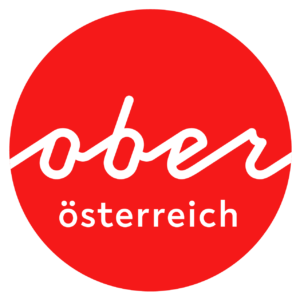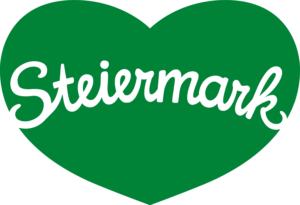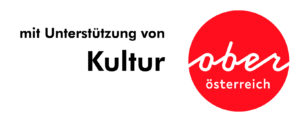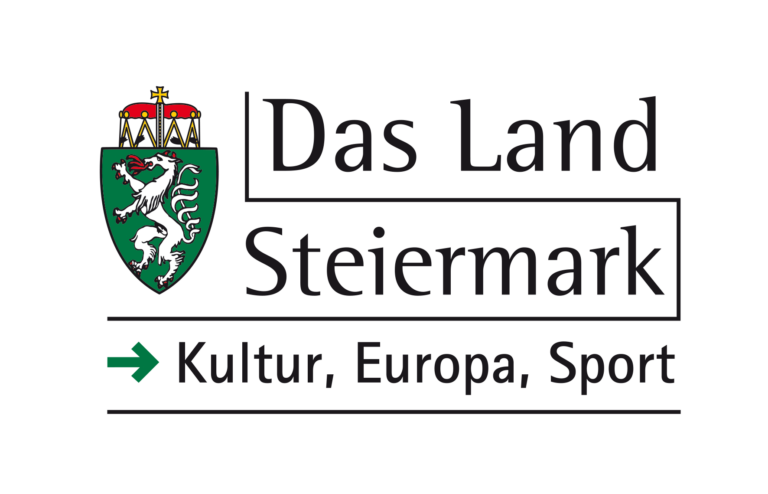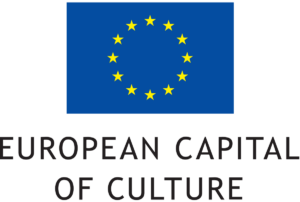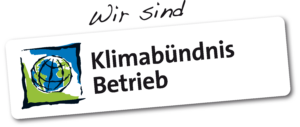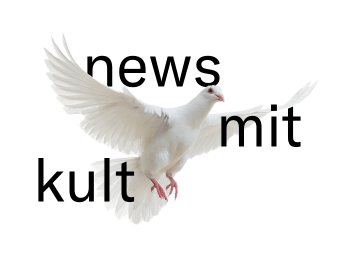Bioregional design practices
In a world that is highly dependent on global supply chains, there is an urgent need to transition our current linear systems of production, consumption and management of material resources to regional, collaborative and non-extractive practices. Central to this transition is the adoption of circular systems rooted in a bioregion by identifying, promoting and mobilizing its resources.
“Bioregional design practices give us a framework in which we can ask useful questions: What resources are available, and how can we use them in a way that strengthens local environmental and social systems?”Jan Boelen, co-founder and artistic director of Atelier LUMA, a program of LUMA Arles
Based on the bioregional approach of Atelier LUMA, a program of LUMA Arles; Find – Connect – Deploy – Mediate; the project Bioregional Assembly__Salzkammergut develops a network of material, human and infrastructural resources in the Salzkammergut region and shows how these can be put together in a way that could strengthen local ecological, economic and social systems in the future. The Salzkammergut region will be used as a case study and a ‘test kitchen’ for the implementation of bioregional design practices.
Between March and September 2024, a series of design research projects will create partnerships with various regional institutions from industry, agriculture, crafts and education to implement bioregional design practices.
Between July and September 2024, ongoing research, workshops and prototypes will be compiled and publicly exhibited in the former greenhouse of the Stadtgarten KunstQuartier Gmunden.
Collaboration with industry
Three projects show ways in which internationally established designers and important regional economic players can work together to implement bioregional design practices. Through a series of design research residencies at the companies themselves and through exchanges with other relevant partner institutions in the Salzkammergut region, the designers aim to identify systemic opportunities to re-localize the companies’ existing practices and demonstrate prototypes and strategies for their long-term implementation.
The Colombian designer and materials researcher Henna Burney from Atelier LUMA, a program of LUMA Arles, is working together with Salinen Austria AG and investigating salt mining in Altaussee as well as salt processing and production processes at the production facility in Ebensee. In close cooperation with various internal experts, a series of material experiments are being carried out, such as salt crystallization, pigmentation, integration of salt in ceramic production and salt compression. The aim of the project is to develop prototype products and processes that can demonstrate new systemic applications of salt in the Salzkammergut.
Austrian designers Katharina Mischer and Thomas Traxler from mischer’traxler studio are working together with Laufen Austria AG in Gmunden to develop their range of ceramic products and processes.
production processes. A wide variety of material experiments are being conducted in close cooperation with various experts from the company. The project aims to upgrade the company’s existing by-products, such as filter cakes and ceramic molds, and to identify alternative regional resource streams that could be used in a future product line at Laufen Austria AG in Gmunden.
German design and materials researcher Carolin Schelkle is working with Grüne Erde GmbH in Almtal to investigate their diverse product lines such as mattresses, furniture and clothing. By actively engaging with the company’s existing regional network of sheep and alpaca wool production, the project aims to develop experimental prototypes and processes that will help demonstrate a possible future application of regional wool for the Salzkammergut region as part of a potential new product line from Grüne Erde GmbH.
Research Programs & Hands-On Workshops
Three Austrian university programs will demonstrate ways in which academic institutions in the field of architecture can implement bioregional design practices in partnership with various regional institutions. Through a series of design research semester studios and on-site residencies, the programs will present their research as well as various 1:1 interventions at the Stadtgarten KunstQuartier Gmunden.
Since April 2024, 15 students of a course of the BML Endowed Chair of Timber Construction and Design in Urban Space, Institute of Architecture and Design, TU Vienna, under the direction of architects and mentors Juri Troy, Andreas Maximilian Arndt and Jakobus Schwarz, have been working on mapping regional wood waste streams and potential cooperation partners as well as researching relevant local and international best practice case studies. During the residency (3.8 – 18.8.2024), the course will deploy its Mobile Wood Workshop and carry out a series of 1:1 interventions that show how the identified regional wood waste streams can be assembled and applied in the former greenhouse of the Stadtgarten KunstQuartier Gmunden.
Similarly, since March 2024, 16 students of a course of the Research Unit Building Theory and Design, Institute of Architecture and Design, TU Wien, under the guidance of architects and mentors Elisabetta Schmidtlein and Marion Kohler, are focusing on mapping regional mineral and agricultural waste streams and potential cooperation partners, while researching related local international best practice case studies. During their residency (21.8. – 4.8.2024), the course will set up a temporary workshop for earth- and bio-based materials and develop a series of 1:1 interventions that demonstrate how the identified mineral and agricultural waste streams can be assembled and applied in the former greenhouse of the Stadtgarten KunstQuartier Gmunden. This residency is organized in cooperation with Architektur:BASEhabitat, Kunstuniversität Linz and its architect and mentor Florian Fend, with the participation of several students.
Events and exhibitions
Since March 2024, the studio Social Design – Arts as Urban Innovation, University of Applied Arts Vienna, has been developing two design research projects under the direction and supervision of Brigitte Felderer and Martin Färber, which will manifest themselves in a series of events in the Stadtgarten KunstQuartier Gmunden between June and September 2024.
In close collaboration and exchange with various sections of the Gmunden population, a project by students Francis Hagmann and Daniël Siegersma will explore the past, present and future potential of the Stadtgarten Gmunden. Through a series of participatory events on site, the project aims to address and practice the local population’s relationship to the Stadtgarten Gmunden and its future development through the concept of collective care.
Based on a broad spectrum of research on the topic of salt, a project by students Mildred Chang, Deepshika Pegu and Charlotte Schneider will organize a series of multi-sensory events in the Stadtgarten KunstQuartier Gmunden, aiming to engage interdisciplinary groups of participants in a collective exchange on the social, economic and ecological aspects of salt.
From 6.7 – 29.9.2024, a permanent exhibition in the former greenhouse of the Stadtgarten KunstQuartier Gmunden will present all projects within the framework of Bioregional Assembly__Salzkammergut. In parallel, individual projects will be highlighted in a series of changing special exhibitions. From June 2024, the presentation and developments of the projects will be documented on the Bioregional Assembly__Salzkammergut Instagram channel @bioregional_assembly
The Opening Event on 6.7.2024 will provide an overview of all projects and ongoing research and discuss possible synergies between all participating project partners. At the Closing Event on 27.9.2024, all projects developed within the framework of the Bioregional Assembly_Salzkammergut will be presented and their possible future continuation discussed.
Accompanying the opening and closing events, Andrej Koruza, Gaja Mežnarić Osole and Danica Sretenović from the Krater Collective from Slovenia will offer alternative perspectives on the Stadtgarten KunstQuartier Gmunden through a film screening of “Feral Practices”, a performance-lecture “Table of Curiosities” and 1:1 Krater’s Feral Coaching Sessions. Their contributions are supported by SKICA – Slovenian Cultural Information Center in Austria.
Vision for the future
Based on the contributions of all partners, the Bioregional Assembly__Salzkammergut project ultimately aims to demonstrate as a pilot project how the Stadtgarten KunstQuartier Gmunden could establish itself as a bioregional design research center for the Salzkammergut region in the future. A comprehensive evaluation report, prepared by project manager and curator Jakob Travnik in dialogue with Jan Boelen, co-founder and artistic director of Atelier LUMA, a program of LUMA Arles, will present the possible next steps at the end of 2024.
Design Partners
Henna Burney, Atelier LUMA – Colombia / France, Katharina Mischer, Thomas Traxler; mischer’traxler studio – Austria, Carolin Schelkle – Germany / France, Andrej Koruza, Gaja Mežnarič Osole, Danica Sretenović; Krater Collective – Slovenia, With the kind support of SKICA – Slovenian Cultural Information Centre in Austria
University Partners
BML Endowed Professorship for Timber Construction and Design in Urban Space, Institute of Architecture and Design, TU Vienna – Austria, Mentors: Juri Troy, Andreas Arndt, Jakobus Schwarz, Students: Johanna Tück, Karolin Hofbauer, Natalia Hromanchuk, Larissa Landa, Sophie Coqui, Lisa Penz, Bianca Lintner, Olivia Mocanu, Benjamin Rettberg, Silas Martin, Anna Janßens, Susanne Gerzer, Hannah Hribek, Mirella Emig, Emma Schneider, Department of Building Theory and Design, Institute of Architecture and Design, TU Wien – Austria
Mentors: Elisabetta Schmidtlein, Marion Kohler
Students: Simon Amort, Toyanc Degerli, Selma Dervišefendic, Hanna Margarete Ebenhöh, Jana Elisabeth Eder, Victoria Hofböck, Sarah Hofer, Victoria Ladentrog, Beverly Mori, Michele Pirri, Anastasia Prozorovska, Eliana Ray, Paul-Pepe Rieger, Sedef Skodra, Lena Voglreiter, Marlies Weidinger
Architecture:BASEhabitat
University of Art and Design Linz – Austria
Mentor: Florian Fend
Students: to be announced
Social Design – Arts as Urban Innovation
University of Applied Arts Vienna – Austria
Mentors: Brigitte Felderer, Martin Färber
Students: Mildred Chang, Francis Hagmann, Deepshika Pegu, Charlotte Schneider,
Daniël Siegersma
